100% of Steem Dollars from this post donated to Project Curie

Like most people, I don’t use postal mail anymore. Computers run my life. Bills are paid online. Messages are exchanged through texts, e-mails, and Steemit.chat. I order most packages online to be delivered by private courier companies (delivery drones are coming soon, apparently). I just check the mailbox once in a while to clean out the coupons and realtor ads.
Basically, I’m done with snail mail. And so is much of the world, even if mail still has an important role to play in rural areas and parts of the globe where other alternatives do not exist. From Singapore to Scotland, New Zealand to New York, and Caracas to Casablanca, postal mail services around the world have experienced heavy declines. Postal services in some of these countries have innovated to add other revenue sources, privatized their operations, or simply cut back in size.
With computers and phones becoming cheaper and more readily available to more people, along with Internet access, it seems that the glory days of postal mail are behind us.
This post is my tribute to snail mail and some of the nice things it has delivered.
I Was a Postal Geek
As a kid, I was raised in a family that didn’t watch much television. When my friends started talking about their favorite TV shows, I never felt like a cool kid, because I missed most of those shows. But I spent a lot of time doing other things. Maps, newspapers, radio, and anything that came in the mail…those things were extremely important in my childhood.
I also had an uncle named JT. JT worked as a postman and then he got promoted to become postmaster of the post office in a small town. By the time I was in middle school, they had put JT in charge of one of those large regional mail distribution centers. It was a matter of family pride.
Uncle JT used to walk up to strangers. He’d just start talking and then he’d ask where they came from. Once he knew their hometown, he could recite zip codes and name the regional center that handled their mail. As a kid, I thought that was pretty cool.
JT got me interested in mail also. Like a lot of kids, I collected stamps. On every envelope, I’d examine the stamps and the postal service cancellation marks, which would show the post office from where it had originated. The best ones to collect were the hand-stamped ones, though they were starting to disappear then.
Ancient Origins
Mail originated a long time ago, probably before any records of it were placed into human history. For millennia, messengers have carried packages and oral communications. With the advent of writing, people began to put those messages into words on a tablet or scroll. However, until transportation and commerce became more widespread, most people never ventured far from home, and they probably did not know many others who lived far away.
For much of human history, it was common for one person to live and die in the same valley, never having journeyed any further than the next town. And so the average person may not have had much need for mail services.
Early mail was most useful for intelligence gathering. To a lesser extent, it may have helped with tax collection also.
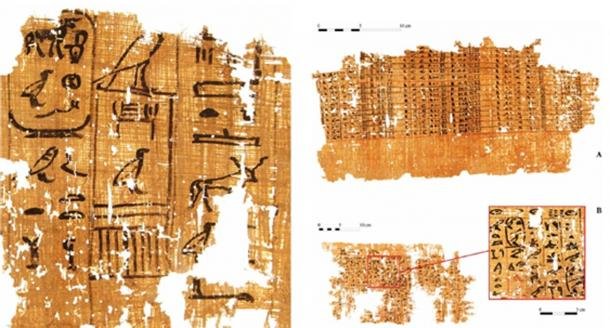
Image credit: Public Domain
The oldest existing piece of mail today came from ancient Egypt around the time of 255 B.C.E. But historians will tell you that the pharaohs of Egypt began using courier services as early as 2400 B.C.E.
Xenophon, an ancient Greek historian, credited Cyrus the Great of Persia (550 B.C.E.) with developing the world’s first postal system. Historians believe it could have started earlier or later in Persia. Whoever started it, the Persian system was impressive. They built roads to accommodate messengers. And Cyrus demanded that in each province, the mail service must be extended to serve every citizen of the province.
Caesar Augustus established the cursus publicus in Rome, an organization of horse-drawn carriages to facilitate government communication. In the Mauryan dynasty in ancient India, the postmaster doubled as the chief intelligence officer. China’s emperors had a courier system along major trade routes in around 200 B.C.E. By the Tang dynasty (618-907), China’s mail service boasted more than 1,600 posthouses and some 20,000 employees.
The Mongol Yam (Ortoo)
Perhaps the most famous pre-modern postal system belonged to the Mongols. It was estalbihsed by Genghis Khan in 1200 and expanded by his successors. The Ortoo (in Mongolian, also known as the Yam), linked much of the sprawling Mongol empire using a chain of courier stations. This same idea would later be tried elsewhere included in the United States, with its short-lived but famous Pony Express.
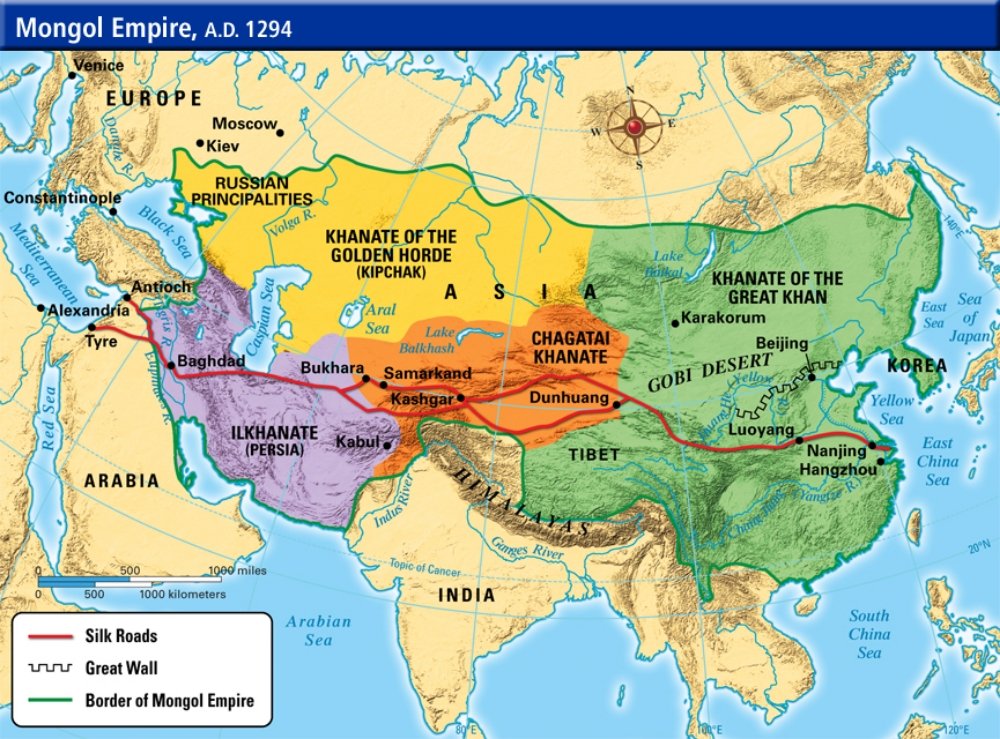
This map shows the Mongol Empire and the main Silk Road routes. Image Credit: Freeman-Pedia.
The Yam’s relay stations were 15-40 miles (24-64 km) apart, allowing messengers with fresh horses to move intelligence and other information very rapidly across Asia. At the time, it would have taken one person several months to journey from one end to the other, but by relying on fresh couriers, a message could travel the length of the Mongol empire in about two weeks. An estimated 50,000 horses were used along the Yam route.
Marco Polo was impressed. He included a description of the Yam in his writings, noting that each messenger was fitted with small bells, which would warn the next station in time to have the next messenger mounted and ready to go. The Czars of Russia were impressed also. After the fall of the Mongol horde, the Russian leaders continued to support and use the Yam system.
A Modern Letter That Went Back in Time
Here is an image that shows you how human postal mail can be. Someone sent a letter to a woman in Iceland, but did not know her name or address. The sender drew a map and addressed it to “a horse farm with an Icelandic/Danish couple and 3 kids and a lot of sheep!”
The postal delivery person found her and delivered the letter. Is this really a surprise? No, because we’re human and we can use that information to solve the problem. But if a computer was not programmed to consider and analyze that sort of information, what e-mail server on the planet earth would have been able to deliver such a message? One typo can doom an electronic message, with or without an autocorrect function.
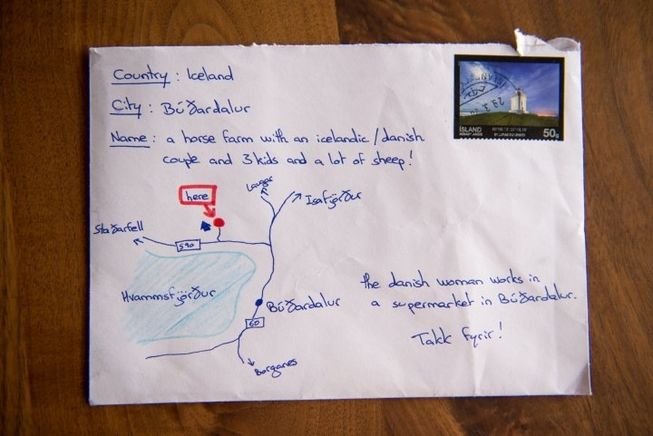
Image Credit: Skessuhorn, Iceland
A Surprise From the Past
Finally, here is a touching story about a lost love letter. Fortunately, even though the letter was lost during World War II, the couple found each other and were married for 63 years. The man who wrote the letter was shown it recently. He cried as he read the words, mourning the loss of his wife five years ago.
A physical letter can be such a powerful thing. Does a text or an e-mail have as much power?
Some Amazing Facts About Mail Systems
• The Persians built a road from one of their first mail stations to another city. The name of this first city? “Post”.
• Genghis Khan’s Yam network also had a lower tier of service. Second class message were delivered by footman from one relay station to the next.
• After being privatized in 1995, Germany’s Deutsche Post expanded, acquiring the private courier service DHL.
• Before its privatization in 1987, more than 40,000 people worked for the New Zealand postal service. Today, it employs 9,300.
• Saudi Arabia’s postal service has a system called ‘My Address in the United States’. Users can order any online or direct mail items and have them shipped domestically to a U.S. address. The items are then transferred to Saudi Arabia where they are shipped to the person’s home.
• The Israeli postal service receives more than 1,000 pieces of mail annually that are addressed to “God”. They are placed into a crack in the Western wall.
• A prisoner named Richard Lee McNair received two life sentences for a murder in North Dakota in the United States. He managed to escape from prison or county jail on three separate occasions. In 2006, for his most recent escape, he got a job in the prison mail room, stuffed himself in a mail bag, and mailed himself out of prison.
• The U.S. Post Office uses mules (what, no donkeys?) to deliver about 4,000 pounds of mail per day to members of the Havasupai tribe of Native Americans. They live at the bottom of the Grand Canyon.
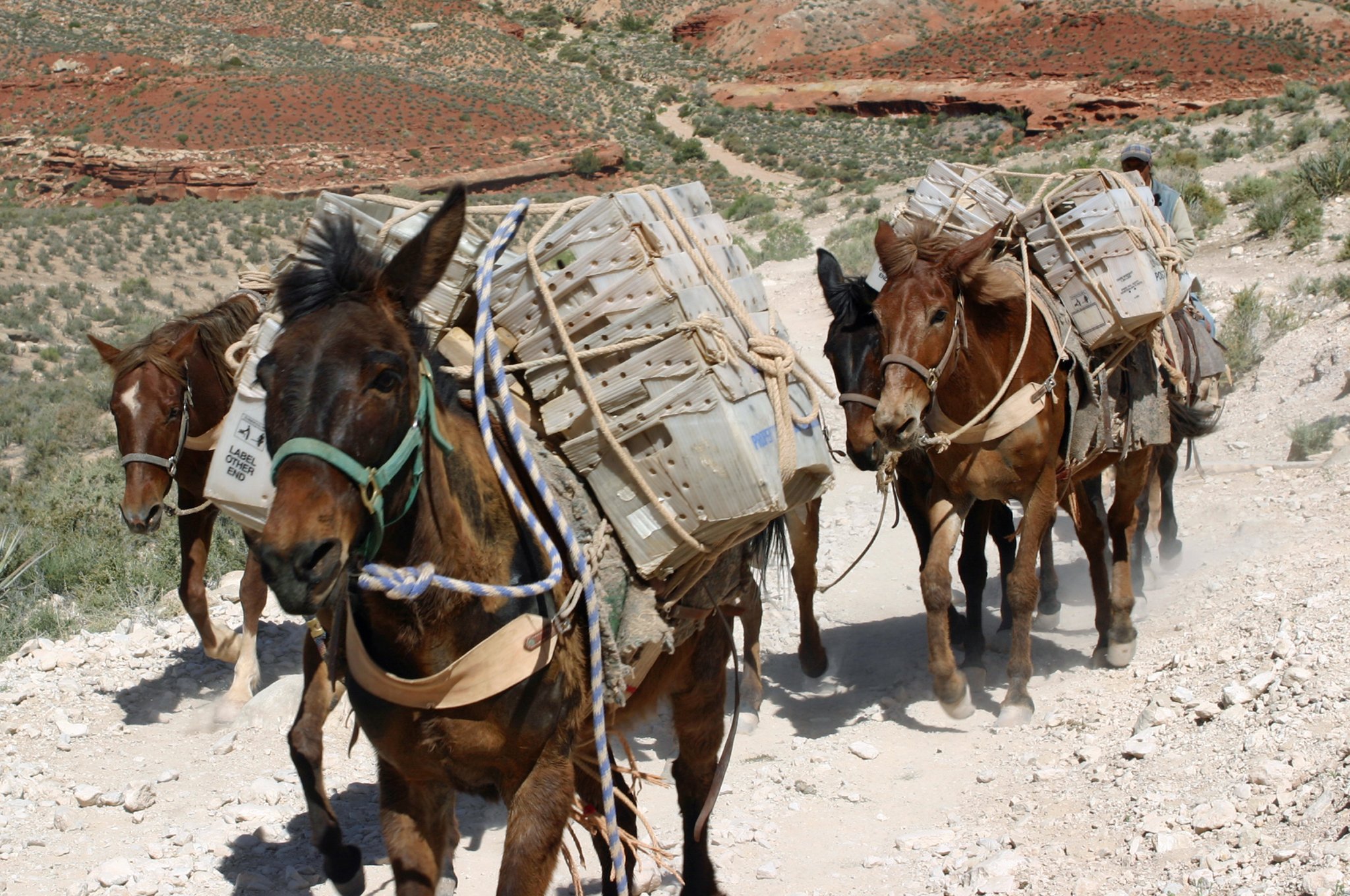
Image Credit: Elf, Creative Commons via Wikipedia
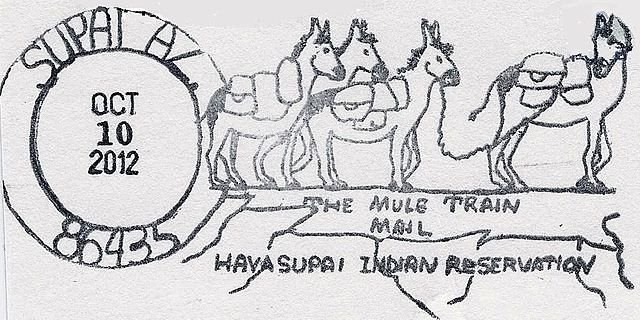
Image Credit: Coal guy, Creative Commons via Wikipedia
Sources:
Thumbnail image: U.S. Census, Public Domain
Facts about the Mongols: http://listverse.com/2013/10/10/10-amazing-facts-about-the-mongols/
Mail, Wikipedia: https://en.wikipedia.org/wiki/Mail
Iceland Letter: http://www.mnn.com/lifestyle/eco-tourism/stories/only-iceland-could-letter-map-instead-address-reach-its-destination
Lost Letter from World War II: http://www.people.com/article/WWII-love-letter-found-70-years
Grand Canyon Mule Delivery: http://www.dailymail.co.uk/travel/travel_news/article-3025731/The-place-America-mail-delivered-mule-Inside-Indian-village-hidden-Grand-Canyon-eight-miles-nearest-road.html
Postal Facts USPS: https://about.usps.com/who-we-are/postal-facts/fun-facts.htm
Letters to God: https://www.theguardian.com/world/2009/dec/20/israel-jerusalem-letters-to-god
Prison Escapes: http://www.cracked.com/article_20228_5-insane-prison-escapes-you-wont-believe-actually-worked.html
Kickass Facts about Mail: http://www.kickassfacts.com/25-kickass-and-interesting-facts-about-mail/

